Market Share
Car Bumpers Market Share Analysis
With a complex nature, the strategies for market share positioning in the Car Bumpers Market include various approaches used by manufacturers to establish and strengthen their presence within this dynamic automotive landscape. Some key strategies include product differentiation, where the companies try to introduce car bumpers with specific features aesthetic materials and color. This makes their products stand out with regard to quality and design, satisfying different consumers. To get a market share and maintain competitiveness, manufacturers intend to provide the value proposition that will be different from their competitors. Pricing is another major strategy for the Car Bumpers Market. Other manufacturers want the cost leadership approach where they can produce bumpers at a lower price without compromising on their quality. This approach allows them to attract consumers who are price-sensitive and win market segments on the basis of cost. On the other hand, premium pricing strategies are used by companies stressing out quality that is superior to their competitors and incorporation of advanced technologies as well in addition or use of high-quality materials. This strategy addresses the market for high-end vehicles and is also usually linked to luxury car segments. Market segmentation is one of the strategic tactics that are adopted by manufacturers to adjust their products following factors such as vehicle types, location or consumer profile. For example, organizations could specialize in manufacturing bumpers for SUVs or electric vehicles and address the specific needs of these consumer groups. Geographical segmentation enables manufacturers to develop bumpers suitable for regional tastes, requirements and climate thereby increasing market adaptability. Market share positioning is also facilitated by strategic partnerships and collaborations. Through alliances with automakers, suppliers or technology providers companies get new markets to operate in as well as distribution channels and state-of art technologies. Collaborations such as shared resources, lower production costs and more innovation lead to a stronger market position. Moreover, strategic partnerships improve the brand image by publicizing associations with reputable companies in automotive. Brand positioning is essential to the Car Bumpers Market, where manufacturers use their brand image to attract and retain clients. Brand building is about reliability and consistency, innovation, customer trust. Creating a positive brand impression allows companies to charge higher prices, build loyal customers’ foundation and have more market share. Brand positioning also includes marketing and advertising tactics that emphasize the unique selling points of a firm’s bumpers, reinforcing its market position.

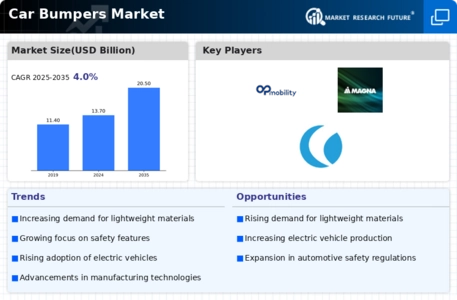
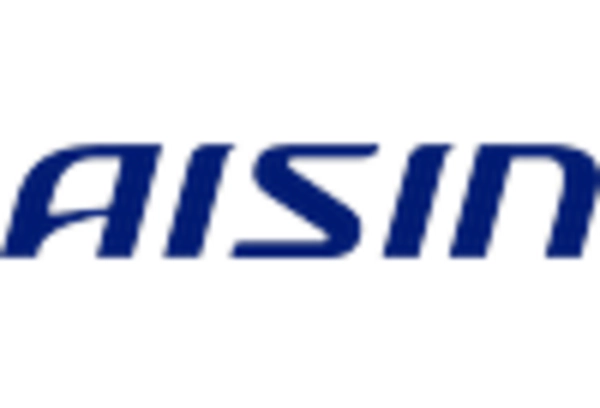
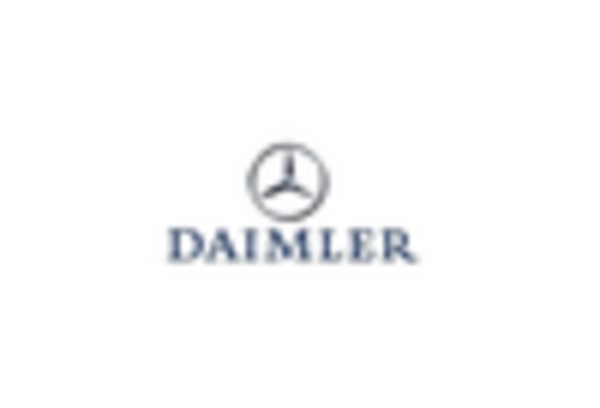
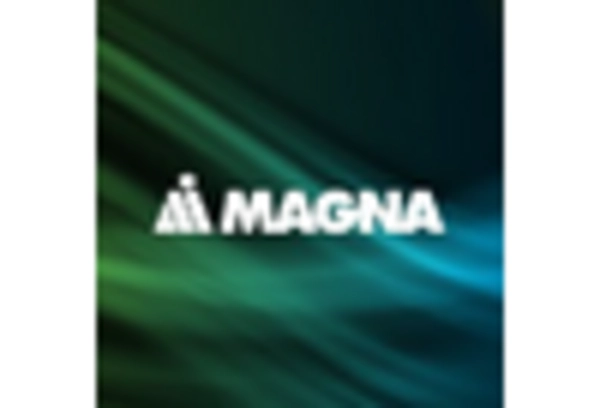
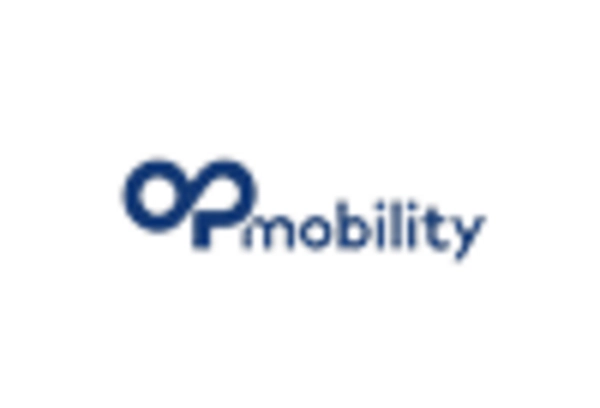
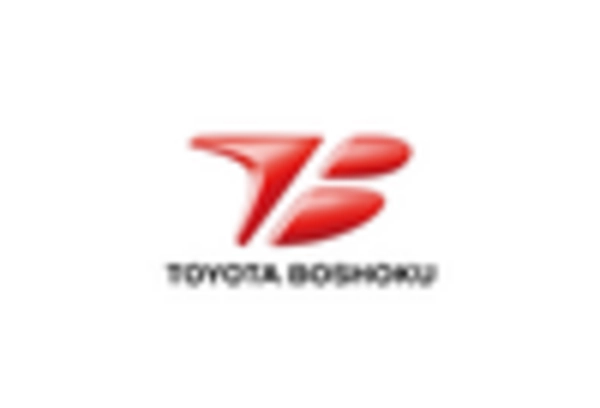
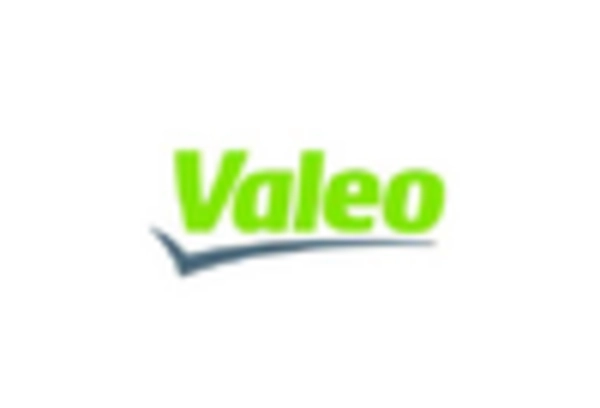









Leave a Comment